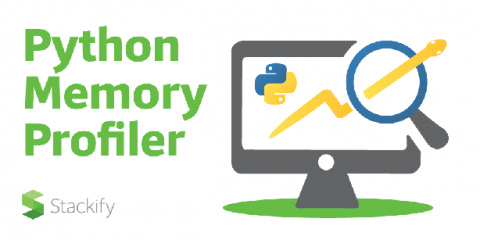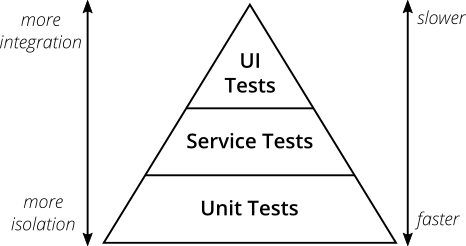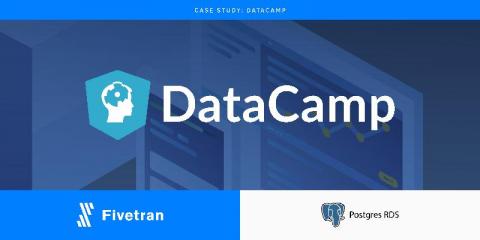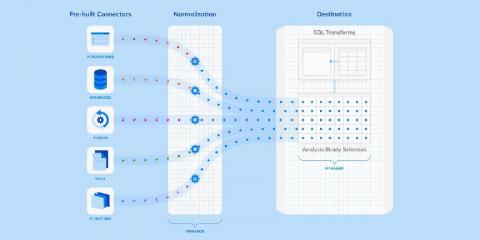Top 5 Python Memory Profilers
According to the Stackoverflow survey of 2019, Python programming language garnered 73.1% approval among developers. It ranks second to Rust and continues to dominate in Data Science and Machine Learning(ML). Python is a developers’ favorite. It is a high-level language known for its robustness and its core philosophy―simplicity over complexity. However, Python application’s performance is another story. Just like any other application, it has its share of performance issues.











